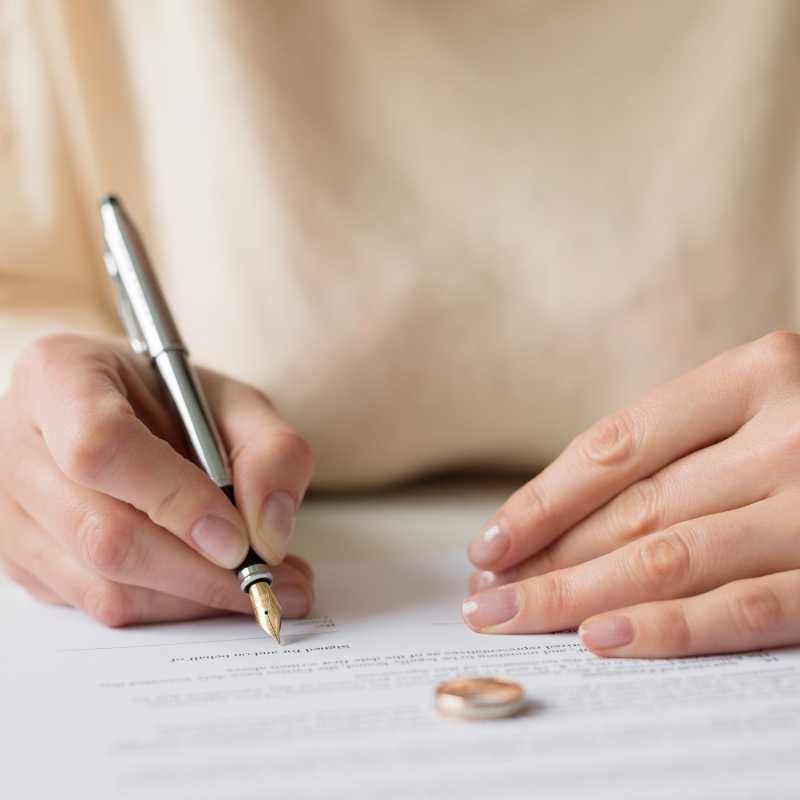Looking to buy a home but don’t have 20 percent of the home price to put down upfront?
That’s why you'll start hearing about private mortgage insurance, or PMI for short.
Here's how PMI works. Let’s say you want to purchase a home valued at $500,000. You would need a down payment of $100,000 to meet the 20 percent requirement.
If you're unable to put that much down, PMI is an additional amount included on your monthly mortgage payment, although some lenders charge it as a one-time, up-front premium. PMI can help you to get into the housing market sooner, allowing you to invest in your own property rather than your landlord's. The purpose of this insurance is to protect the lender if you're unable to make payments on your mortgage.
The terms of your PMI will be written in mortgage documents that you should review carefully before your closing, the day the house becomes your home. The documents will tell you exactly what you owe.
Ask your mortgage professional any questions you might have ahead of time. They are there to make the entire process of financing a home go as smoothly as possible.
There are situations when PMI may not be required, such as if you're active military, a veteran, or a surviving spouse looking for a VA (Veterans Affairs) loan. No down payment is required for a VA loan (the VA provides supplemental servicing assistance to help cure defaults) and you won’t have to pay PMI. Other conditions, including having an acceptable credit score, must be met. Still, it’s an option to ask about if you qualify.
PMI does not always have to be permanent. When your mortgage balance reaches 78 percent of the original purchase price, your PMI can be dropped, assuming your mortgage payments have been made regularly and other conditions are met. One way to speed up the process is to make additional payments each month on the mortgage principal, which will lower your loan amount. PMI also must be removed at the halfway point of a mortgage, no matter what the home’s value.
So keep an eye on your monthly statements, pay extra when you can, and enjoy your new home!
Want to purchase a home but don't have a down payment? Look no further than our No-Money-Down Mortgage! Click on the button below to learn more about the product and what qualifications you'll need to meet to take advantage of this opportunity! You may be able to move into your own home sooner than you think!
Others are reading:

.jpg)


.jpg)









Comment